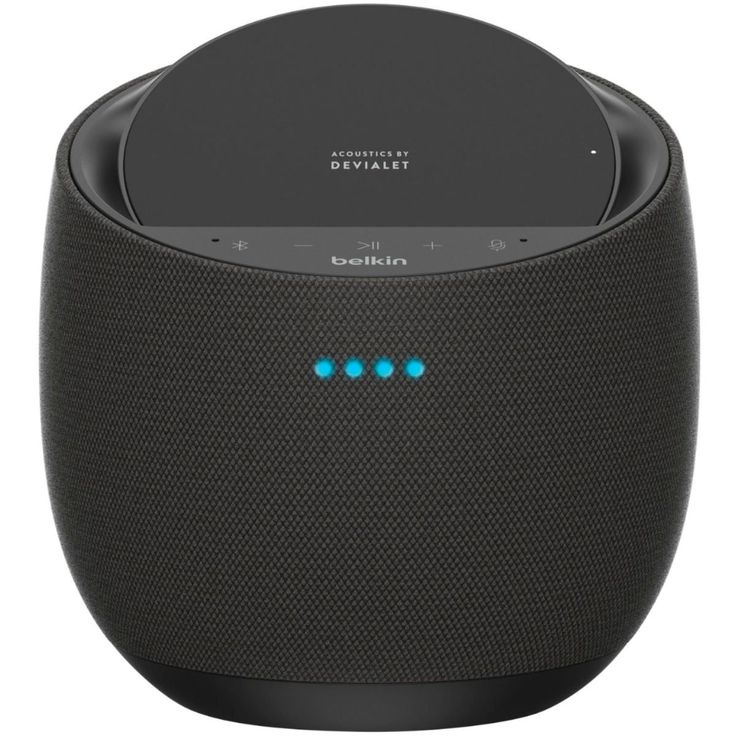Smart Speaker Trends – What’s Next for 2023

Introduction
The smart speaker market continues to grow rapidly as more consumers adopt voice assistants like Amazon Alexa and Google Assistant into their homes. As the technology matures, we can expect to see some interesting smart speaker trends emerge in 2023 and over the next few years.
Market Growth and Adoption
The global smart speaker market was valued at $7.5 billion in 2022 and is forecast to grow at an impressive 20% CAGR between 2023-2027, surpassing $24 billion by the end of the forecast period.
Smart speaker ownership has risen rapidly in recent years:
- In the US, 31% of adults reported owning a smart speaker in 2021, up from just 7% in 2018
- Global installed base of smart speakers is expected to cross 600 million units by 2023
As prices continue to fall and more consumers get used to having voice assistants, adoption rates will likely continue climbing.
Improving Voice Assistant Capabilities
Voice assistant technology continues advancing rapidly. Some key improvements we can expect include:
- More natural conversations: AI models are getting better at understanding context and having dialogues that feel more human-like.
- Integration of more services: Smart speakers will be able to control and access more internet-connected devices and services.
- Personalization: Assistants will get to know individual users’ preferences for news, entertainment, smart home controls and more.
- Audio quality: Speakers and microphones will continue improving to enhance call quality.
- Privacy focused features: Following consumer distrust around privacy, companies like Apple and Google are focusing more on on-device processing and data privacy protections.
Here is a comparison of today’s most popular smart speaker assistants:
| Feature | Amazon Alexa | Google Assistant | Apple Siri |
| Knowledge Graph | Yes | Yes | Partial |
| Natural Conversation | Improving | Improving | Improving |
| Smart Home Control | Yes | Yes | Partial |
| Works Across Devices | Yes | Yes | Yes |
As you can see, Alexa and Assistant score highly on core capabilities though expect Apple to catch up over time.
New Use Cases and Device Form Factors
Beyond stand-alone speakers, voice assistants are making their way into more and more device types. Some examples include:
- Smart displays: Smart speakers with touch screens like the Amazon Echo Show are great for watching videos, controlling smart home gadgets, video calling and more.
- Wireless earbuds: Apple’s AirPods, Amazon Echo Buds and Google Pixel Buds all put the power of voice assistants directly in your ears.
- Cars: Automakers like Ford, BMW and Mercedes are partnering with Amazon and Google to integrate smart assistants directly into infotainment systems.
- Appliances and electronics: Fridges, ovens, microwaves, TVs and more are getting Alexa and Assistant integration for smart controls.
We may also see growth in business use cases for smart speakers, such as in office environments, hotels and hospitals. Voice UIs lend themselves well to hands-free situations where screens aren’t practical.
Also Read:
https://besraha-news.online/smart-tv-trends-2023-to-watch-out-for/
Key Players
The competitive landscape may shift over the next few years as new device makers jump into the market. But for now, Amazon and Google continue to make up the lion’s share of the market:
- Amazon dominates speaker sales globally with over 30% market share in 2022. The Alexa assistant also powers speakers from brands like Sonos, Bose and Facebook.
- Google trails at around 20% global share but leads in some markets like India. Google Assistant has been adopted by brands like JBL, Sony and LG for their speakers.
- Thanks to the popularity of iPhones and AirPods, Apple’s Siri does have a strong presence despite having under 10% smart speaker share.
In China, local tech giants like Alibaba, Xiaomi and Baidu control over 40% of the market with their own voice assistants for Mandarin speakers.
Given the data and platform advantages held by Big Tech companies, new entrants will likely struggle to compete in this space.
Outlook and Predictions
Voice interaction has clearly gone mainstream. As the technology continues advancing over the next 3-5 years, we can expect:
- Global smart speaker ownership rates to exceed 40%
- Over 1 billion devices with Alexa, Assistant or Siri by 2025
- Significant improvements in call quality, contextual awareness and personalization
- Voice assistants integrated into the majority of new cars, appliances and audio devices
- Consumers trusting companies more with privacy protections around voice data
Hands-free voice control is often faster, easier and more convenient than tapping screens or clicking mice. As the accuracy of language understanding keeps improving, expect smart speakers to play an increasingly central role in our digital lives. The voice revolution has only just begun.







